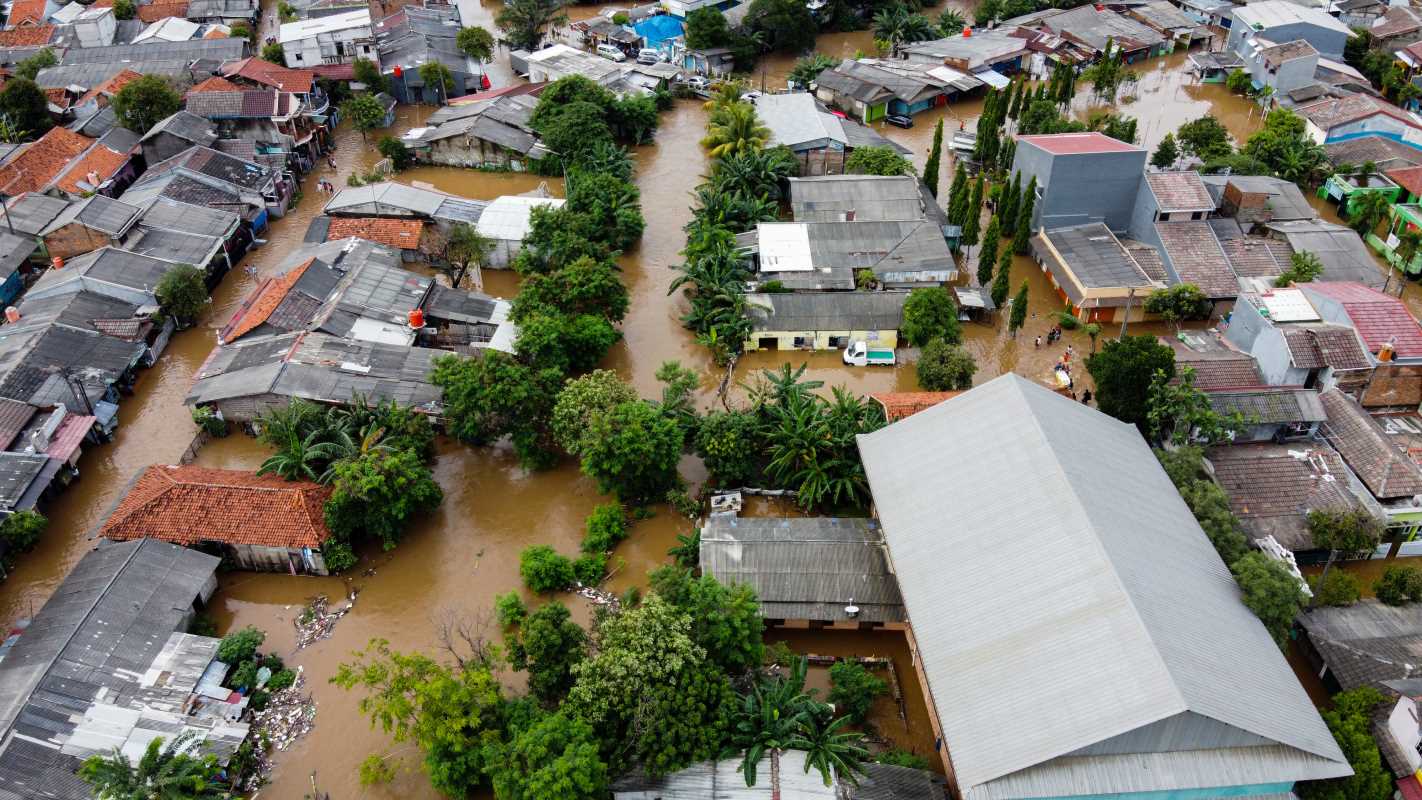Every journey offers new experiences and the possibility of facing unexpected situations. Illness, misplaced luggage, or sudden changes to your itinerary can disrupt your plans and leave you feeling overwhelmed. Knowing how to navigate international travel insurance claims helps you respond quickly and confidently when problems arise. By gathering essential documents and understanding your policy before you leave, you make it easier to resolve any issues that come up. Planning ahead allows you to focus on enjoying your trip, secure in the knowledge that you can manage any setbacks with minimal hassle and still make the most of your adventure.
Understanding how to navigate your insurance claim makes a big difference during stressful times abroad. When problems arise far from home, a clear plan helps you address issues directly. Let’s explore ways to keep your claim process on track while traveling internationally.
Understand Your Policy Coverage
Begin by getting a clear picture of what your travel insurance covers. Policies vary widely, and knowing the details prevents surprises when you file a claim. Reading closely and asking questions helps you feel confident about your coverage.
This section outlines key areas to keep in mind. Check your policy for limits, exclusions, and specific procedures you need to follow. The list below highlights the most important aspects:
- Coverage limits and caps for different types of incidents
- Exclusions related to pre-existing conditions or activities
- Essential documentation that supports your claim
- Timeframes within which you must report incidents
- Communication guidelines and contact details for your insurer
Document Everything Thoroughly
Good documentation serves as the backbone of a successful claim. Keeping a record of every detail speeds up the process and reduces hassle when you need to file your claim. Taking clear photos, videos, and keeping receipts proves effective to support your case.
Follow this step-by-step process to ensure you document every necessary detail:
- Collect all relevant receipts and invoices immediately after an incident.
- Take clear photos of damaged items, medical treatments, or any evidence.
- Note down dates, times, and locations along with the names of any people involved.
- Keep a detailed diary of your experience and interactions with service providers.
- Ensure that you retain all copies of communication with local authorities or medical staff.
Initiate the Claim Process Promptly
Delays at the beginning of a claim can complicate matters later on. It helps to start the process right away once you know a claim is needed. Reporting promptly can prevent issues related to missed deadlines or lost evidence.
Begin by gathering your documentation and checking your policy’s requirements. Review the steps outlined by your insurance provider and follow them carefully. Filing the claim quickly shows that you are organized and serious about resolving the issue.
Communicate Clearly with Your Insurer
Clear communication plays a crucial role in smoothing out the claims process. Sharing all the necessary details helps your insurer understand your situation quickly. Make sure that you remain honest, concise, and specific when explaining what happened.
Consider these tips to express your case effectively: provide a detailed account of the incident, list the supporting documents you have attached, and mention any medical or police reports if applicable. Keeping emails and recorded calls can serve as additional backup.
Follow Up and Track Your Claim
Keeping a close eye on your claim supports a speedy resolution. It is essential to stay proactive in verifying the progress of your case. A well-organized follow-up strategy lessens the chance of miscommunications or lost documents.
Here are some practical ways to stay on top of your claim process:
- Set reminders for follow-up calls or emails.
- Create a dedicated folder for all claim-related documents.
- Record the names and positions of the representatives you interact with.
- Keep an organized timeline of all communication and submission dates.
- Review updates on your international travel insurance claims through your provider’s portal when available.
Common Mistakes to Avoid
Avoiding common pitfalls can save you from extra stress and delays. Not keeping receipts or missing policy deadlines can prove costly. Recognize what to steer clear of so you maintain a smooth path during the claim procedure.
Below is a list of frequent errors and advice to prevent them:
- Failing to understand your coverage details – Make sure you read the fine print before traveling.
- Neglecting timely documentation – Always record incidents as soon as they happen.
- Overlooking small expenses – Even minor receipts add up, so keep them organized.
- Being vague in your explanation – Provide detailed and clear descriptions of what happened.
- Not following the insurer’s protocols – Stick to the guidelines set by your policy to avoid claim rejections.
Communicating Your Case Effectively
Sometimes it helps to revisit your conversation strategies. Using precise language reduces the need for back-and-forth correspondence and helps prevent misunderstandings. When facing language barriers or time zone differences, drafting secure emails can be your best friend.
Ensure that you:
- Clearly state the facts without embellishment.
- Send summaries of phone calls or chats to confirm understanding.
- Keep a record of the messages exchanged with your insurer.
Each step builds a stronger case for your claim and clears up any confusion early on.
Stay prepared, keep detailed records, and communicate directly with your insurer to make international travel insurance claims easier. With this knowledge, you can travel with greater peace of mind.
 (Image via
(Image via





